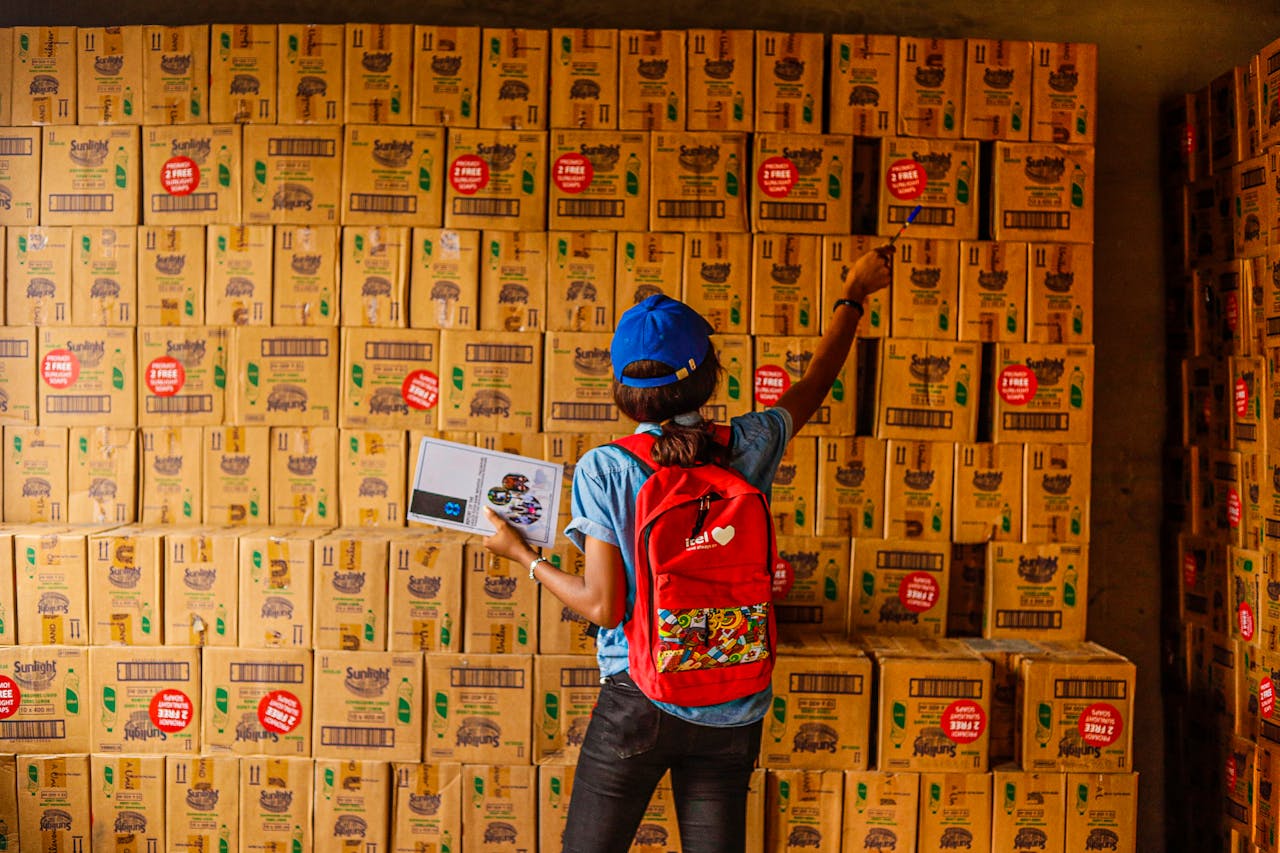
Truck ban: An effective way to manage road congestion - or not?
Every aspect of our lives has unquestionably been impacted by the COVID-19 pandemic. One area that faced considerable hurdles and attention was the logistics sector in the Philippines. During the height of the pandemic, the government swiftly recognized the significance of an effective logistics system, especially during the peak of the crisis. With almost all of the population under strict lockdown and limited movement, cargo operators were given an all-access pass on the roads to ensure the continuous flow of essential goods and services.
Logistics Stakeholders as Frontliners
Frontline logistics stakeholders, such as truck drivers, truck operators, customs brokerage companies, freight forwarders, delivery personnel, and others engaging in logistics operations, were permitted to pass through areas subject to any type of local quarantine. This allowed them to continue their business, ensuring the unhampered circulation of products and services. The Inter-Agency Task Force (IATF) stressed the importance of a fluid logistics system, mandating that "the movement of cargo vehicles shall be unhampered."
The Comeback of the Truck Ban
The truck ban is a Travel Demand Management (TDM) strategy that forbids trucks from utilizing key thoroughfares at specific times of the day to improve traffic flow. The objective is to reduce traffic congestion and enhance traffic conditions by restricting the use of large, slow-moving trucks on these roads. As a result of increased mobility brought on by the switch to General Community Quarantine (GCQ) in May 2021, the government reintroduce the truck ban as a necessary countermeasure to the road congestion.
Balancing Traffic Management and Logistics Needs.
While we support the TDM's objective of improving the driving experience for all road users, the truck ban, if left in place, raises questions about its potential detrimental repercussions, both socially and economically. A research paper titled "THE IMPACT OF THE TRUCK BAN ON THE TRUCKING INDUSTRY IN METRO MANILA" mentioned that efficient freight transport is essential for urbanization and the flow of goods (Punzalan, 2000).
Additionally, after the truck ban period ends, there could be a rebound effect because trucks are permitted to leave all at once rather than be dispersed evenly throughout the day and night. This could result in worse traffic jams and put more pressure on the logistics industry.
Recommendations
Given these factors, it is crucial to strike a balance between the demands of traffic management and those of the logistics industry. The study cited in this article urges a thorough examination of the truck ban policy with special attention to its socioeconomic effects on truck operators and drivers (Punzalan, 2000).
"the movement of cargo vehicles shall be unhampered."
Conclusion
The COVID-19 pandemic has provided valuable lessons on the importance of adapting policies to changing times. While prioritizing public health remains crucial, the need for an effective and efficient logistics system should not be overlooked. The pandemic has highlighted the importance of a robust logistics network in ensuring the continuous flow of essential goods and services. As we move forward, it is imperative for the government to review policies such as the truck ban and other similar measures. By doing so, a balance can be struck between maintaining traffic flow, supporting the logistics sector, and addressing the evolving needs of society in a post-pandemic world.
Source: Punzalan, J. A. (2000). The Philippine Truck Ban: An Evaluation of Its Social and Economic Impact. National Center for Transportation Studies. Retrieved from https://ncts.upd.edu.ph/tssp/wp-content/uploads/2018/08/Punzalan00.pdf

Charting New Waters: Into the Realm of Importation of Construction and Hardware Supplies
In a serene town in the Philippines' heart, Rodolpho, known as Rody, began his humble …

Business Projections for Logistics in the Philippines During the First Quarter of 2023
The business logistics industry in the Philippines has experienced tremendous growth in recent years. This …

The Importance of Cargo Insurance
Getting insurance means protecting your financial investments from risks of damage, theft and loss. …